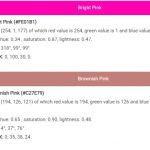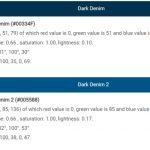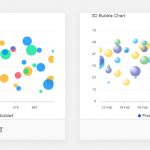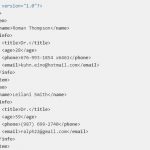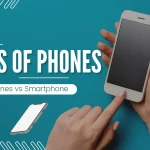PPC is an acronym for “Pay-Per-Click.” This advertising model, also called a cost per click (CPC) or pay to play program, charges advertisers only when one of their ads is clicked on by users.
PPC advertising is a marketing strategy that allows you to advertise your website or product online. This type of advertisement can be shown on the search engine page, in an email ad, or even on social media sites like Facebook and Twitter. Search engines use the pay per click model, showing sponsored results along with other relevant results for searches. Advertisers only have to pay when someone clicks their ad and this makes it an attractive option because they’re not wasting any money if people don’t actually take action after clicking on a link or scrolling down past pictures of cats doing silly things.
Many advertisers choose this type of advertising because it is fast and inexpensive. This form of pay-per-click advertisement does work best with certain businesses such as those selling products that consumers buy regularly and immediately following a search.
PPC is also great for raising brand awareness because your ads will show up on Google, Yahoo!, Bing as well as other websites that are less popular than these three giants in the industry.
The downside to PPC is that the ads are only shown when users search for a specific keyword or phrase, so they may not be seen by many people. This means you will have to spend more money on other types of media in order to get new customers who don’t know about your company yet.
PPC can also be expensive if there aren’t enough clicks per day from interested users, which might mean spending hours each day refreshing pages just waiting for something to happen. You’re paying monthly whether anything happens or not!
